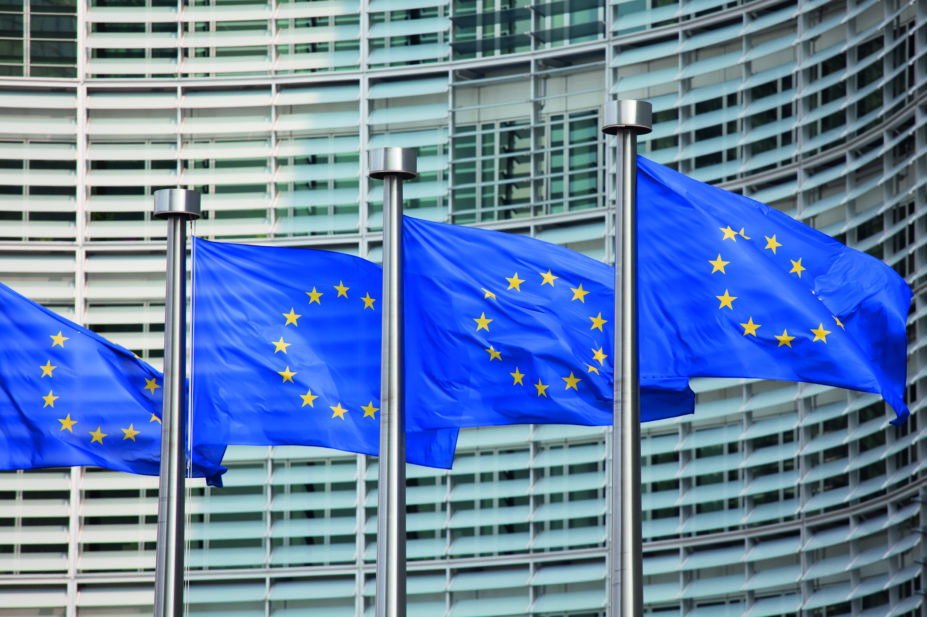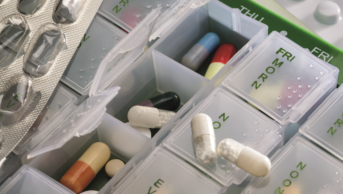
Shutterstock.com
A strengthened EU-wide system to detect, assess and act on a new or known adverse drug events has created a “new era for patient protection and transparency in patient safety”, according to an analysis of the system.
The assessment, published in
Clinical Pharmacology and Therapeutics
on 17 October 2019, found that since the system was reformed six years ago, more than 26,000 potential safety signals were reported to the drugs safety watchdog: the European Medicines Agency (EMA). A safety signal is defined as a new or known adverse event potentially caused by a medicine which requires additional investigation.
Of that number, 453 cases were investigated by the EMA’s Pharmacovigilance Risk Assessment Committee (PRAC) with just over half (50.3%) of PRAC recommendations resulting in changes to medicine product information to help improve patient safety.
In some cases; a PRAC recommendation for risk reduction occurred within five days of confirmation of a safety signal, compared to the median time scale of five months.
According to the researchers, the statistics confirm that the changes brought in in 2012 demonstrate that the “EU signal management process reliably detects, assesses, and deals with safety issues and enables the risk of adverse drug reactions to be minimised”.
“At the heart of this process is a strong collaboration based on the expertise from the national competent authorities and the EMA, with the contribution of marketing authorisation holder pharmacovigilance systems, and combined with a culture of continuous improvement,” they said.


